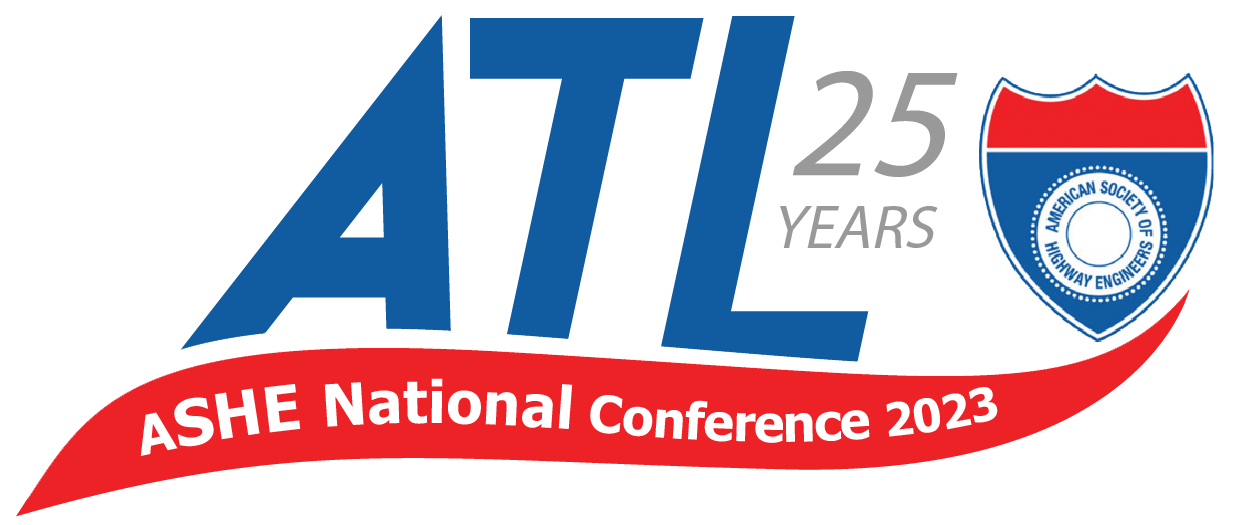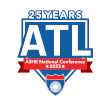
Technical Session #3C – Infrastructure
Topic: LiDAR
Speaker: Matthew Jennings McKim & Creed
LiDAR (light detection and ranging) has revolutionized the way survey data is collected. No longer does surveying require placing people on roadways to get the best possible topographical data. Now surveyors can use LiDAR collected remotely to accurately measure improvements in a fraction of the time that a traditional field-run topographic survey would take. LiDAR provides a faster, safer, and less expensive product and provides a better model than traditional surveying.
This presentation will detail exactly what LiDAR is and discuss in detail the three primary types of LiDAR: aerial LiDAR, terrestrial LiDAR, and bathymetric LiDAR. As we explore aerial, terrestrial and bathymetric LiDAR, we will discuss the positional error possible, what determines the quality level for each, and the strengths and weaknesses of each type. We will look at both manned and unmanned aerial systems and both fixed-point terrestrial as well as moving terrestrial – also known as mobile mapping. We will even dive into how LiDAR can make measurements underwater.
To demonstrate LiDAR’s capabilities, we’ll walk through step-by-step as a database is created from data collection to the final product being delivered to the engineer. Along the way, we will exhibit why LiDAR is now the preferred method for route surveys. In the end, those in attendance will gain a greater understanding of the technology behind and benefits of the use LiDAR for survey data.
Topic: Hydraulics/Flooding
Speakers: Olivia Grenier Kiewit Infrastructure Engineers
When a major storm event occurs, it is a race to see who can respond the fastest and most efficiently because lives, ecosystems, and property are at stake. The 2013 floods in Colorado caused an estimated $2.9 billion in damage and was the result of an estimated 1000-year rainfall event. Colorado Department of Transportation (CDOT) secured increased the federal emergency fund cap from 100 million to 450 million, with the latest federal funding received in 2019 to finish the flood repair work. Now that CDOT is on the tail end of completing the remaining permanent flood repairs, we can discuss lessons learned on how to navigate limited funding agreements, prioritize the areas that were severely damaged or most impactful to public safety, and how those areas are designed for future flood resiliency. How do we approach the initial emergency repairs and then later fill in the gaps through permanent repair? We will look at the cost growth associated with the different phases of flood repair from a couple Kiewit flood repair projects, US 34 Big Thompson and State Highway 7 Lower Canyon. Kiewit performed the emergency work, and permanent repair on US 34, and the permanent repair on Highway 7 Lower Canyon. We, as contractors and engineers, are on the front line to deliver the repairs and must act under pressure from the stakeholders because they have been affected by flood repair for nearly a decade.


Leave A Comment
You must be logged in to post a comment.